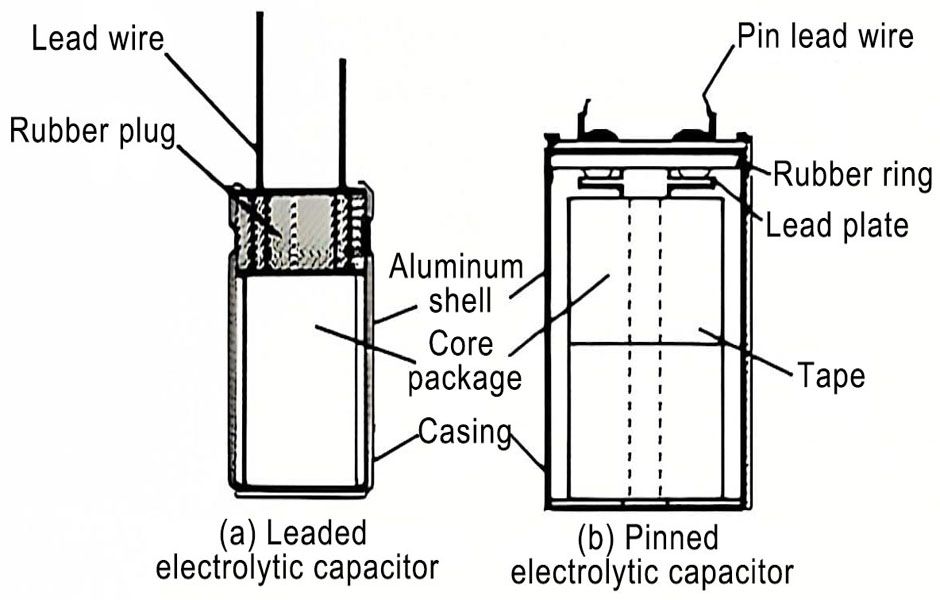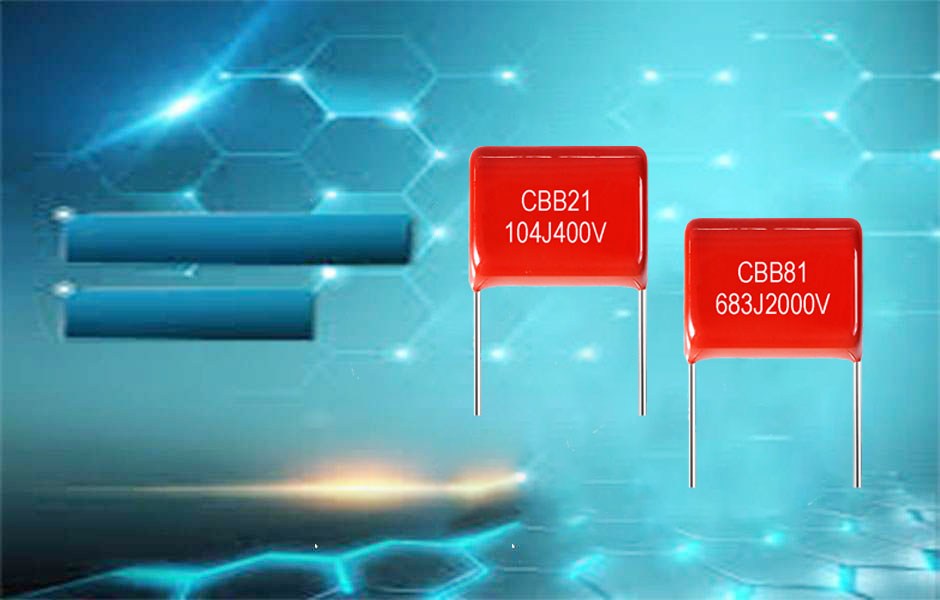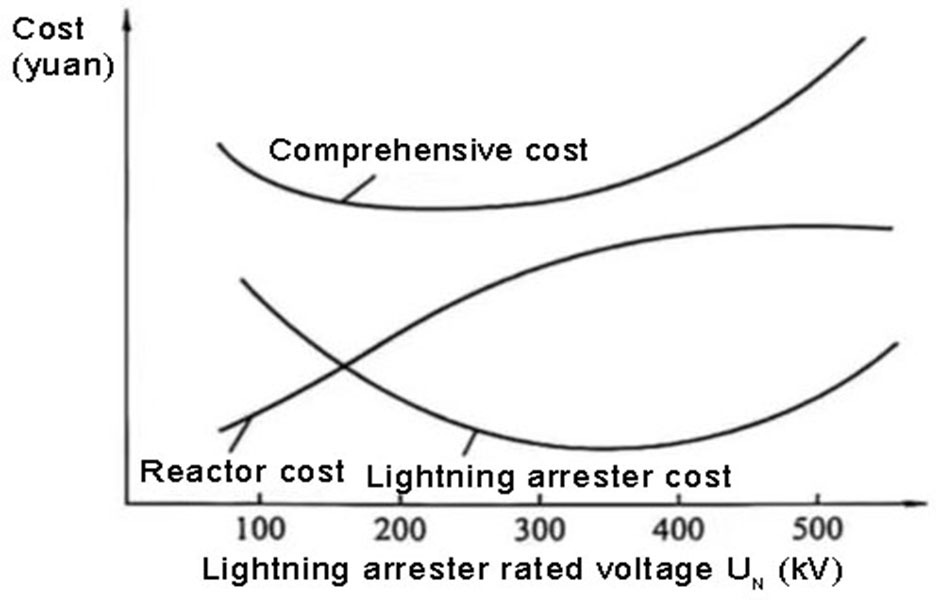How to choose the correct capacitor?
Capacitors are passive devices that we often use in circuits. Several commonly seen are aluminum electrolytic capacitors, tantalum capacitors, and chip ceramic capacitors. Because of the characteristics of each capacitor, the corresponding application is different. Let’s compare the differences and characteristics of several types of capacitors and summarize how to choose capacitors in actual circuits.
(1) Aluminum electrolytic capacitor
As the name suggests, its main components are aluminum foil and electrolyte. A simple understanding of the production process of aluminum electrolytic capacitors is to roll the aluminum foil into a column, inject liquid electrolyte, and then lead out the positive and negative terminals, and then seal the core material of the capacitor in the metal casing. There is a certain proportion of water in the liquid electrolyte. When a leakage current flows through the capacitor, the water can be decomposed into hydrogen and oxygen. The oxygen can form a new oxide film with the anode through the oxidation reaction, and the hydrogen can pass through the rubber plug of the capacitor. discharge. This will not damage the capacitor. Simple production process and low cost are a feature of aluminum electrolytic capacitors. In addition, aluminum electrolytic capacitors have the following characteristics:
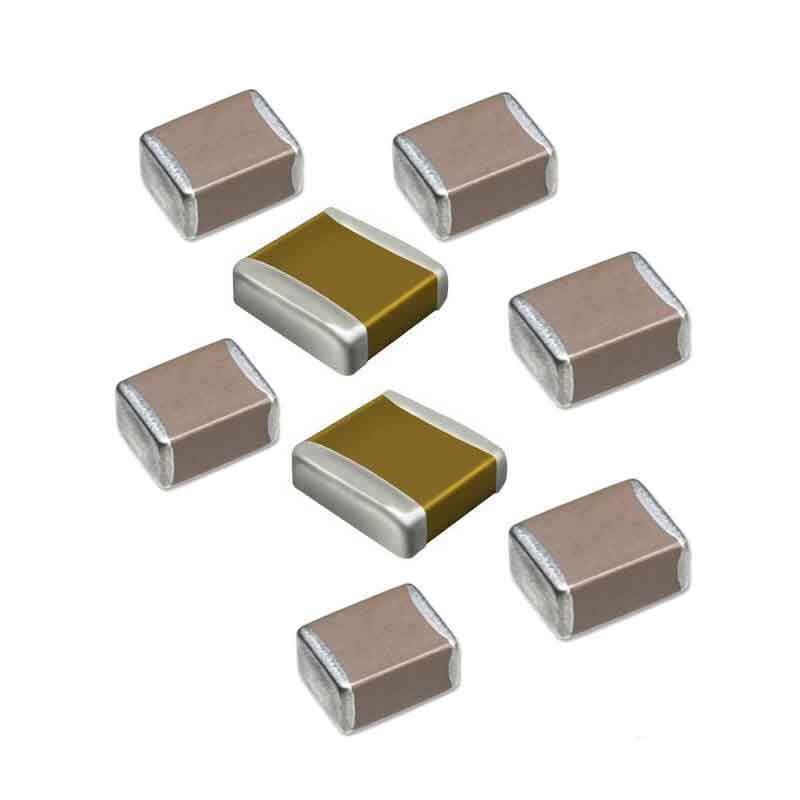
A. Since the sealed case is not completely sealed, the electrolyte will easily dry up, so the service life of aluminum electrolytic capacitors is limited
B. Due to the presence of water in the electrolyte, the performance of aluminum electrolytic capacitors in high and low temperature environments is affected
C. Due to process characteristics, it is difficult to make the ESR and ESL of aluminum electrolytic capacitors small, so the self-resonant frequency of aluminum electrolytic capacitors is usually relatively low, roughly in the range of tens of KHz to several MHz
D. The capacity of aluminum electrolytic capacitors is positively related to the size of aluminum foil. The capacity can be made very large. The larger the capacity, the larger the size of the capacitor.
According to the above characteristics, aluminum electrolytic capacitors are widely used in low frequency filtering occasions, especially in the environment of tens of KHz to several MHz, such as power supply output filtering. We often see aluminum electrolytic capacitors. When using aluminum electrolytic capacitors, pay attention to the capacitor withstand voltage to meet the circuit requirements. In addition, when other requirements are not strict, the capacity can be selected as large as possible. The larger the capacity, the smaller the ESR, and it is easier to meet the requirements of the target impedance of the circuit. In some high-temperature environments, try to avoid choosing small-volume and small-capacity aluminum electrolytic capacitors, so as to avoid capacitor failure due to excessive temperature and electrolyte evaporation and drying, which will affect the operation of the entire circuit.
(2) Tantalum capacitor
Tantalum capacitor is another widely used capacitor. Like aluminum electrolytic capacitor, tantalum capacitor is also an electrolytic capacitor. The main process flow is to press the tantalum powder into a porous solid block and then sinter it into a porous solid block. After anodizing, the oxide film is formed, then covered with a solid electrolyte, and then covered with a layer of graphite and lead-tin coating, and finally encapsulated by resin. It is a solid tantalum capacitor. Tantalum capacitors have the following characteristics:
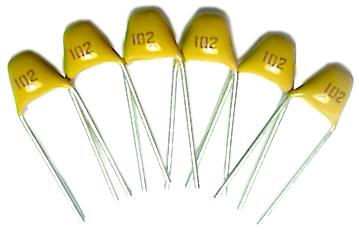
A. Unlike aluminum electrolytic capacitors, the electrolyte of tantalum capacitors is solid, so there is no problem of electrolyte drying up, and the service life will be improved
B. Because of the solid electrolyte used, its capacity and temperature characteristics are relatively stable, so the temperature has less influence on the capacitance, and the high and low temperature performance is better than aluminum electrolytic capacitors
C. Tantalum electrolytic capacitors can be packaged with a larger capacity and smaller, so ESR and ESL can be controlled relatively small, and its self-resonance frequency is higher than that of aluminum electrolytic capacitors
D. The process is more complicated than aluminum electrolytic capacitors, and the cost is higher
Through comparison, we can find that tantalum capacitors have many advantages that aluminum electrolytic capacitors do not have. In some filtering scenarios, tantalum capacitors can be a good substitute for aluminum electrolytic capacitors. However, there are several points to note: due to the structure of tantalum capacitors, the withstand voltage of tantalum capacitors is generally not high. In the actual circuit, it is important to pay attention to the withstand voltage requirements of tantalum capacitors, and leave a certain margin. Tantalum capacitors are not as good as aluminum electrolytic capacitors in dealing with large current shocks and large voltage transients at the moment of power-on. Temperature has little effect on tantalum capacitors. In actual use, we can ignore the effect of temperature on tantalum capacitors.

